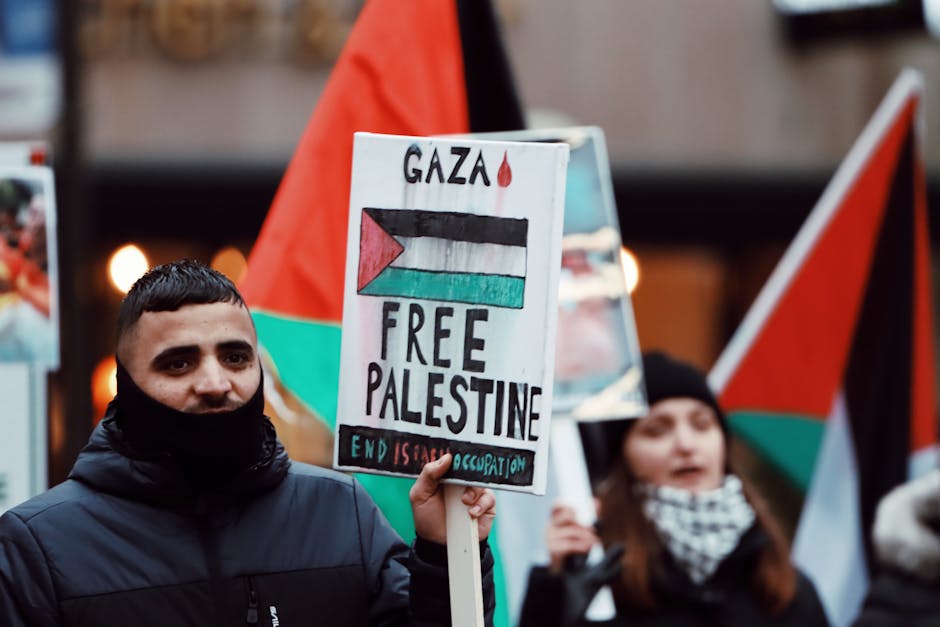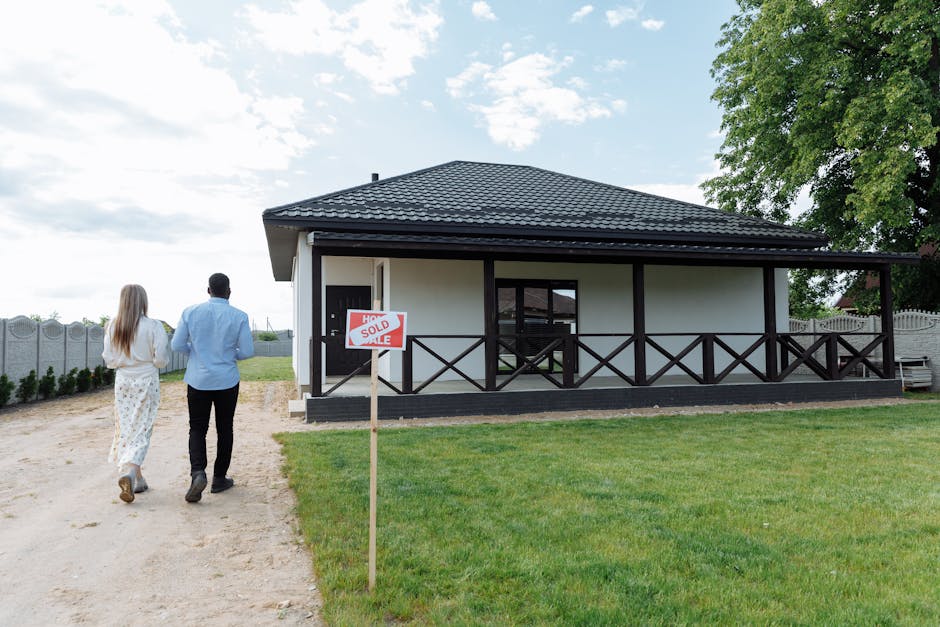As the smoke from relentless bombardments begins to thin, a new, more permanent architecture of control is taking shape in the Gaza Strip. In the corridors of power in Washington and Tel Aviv, the “day after” is being meticulously planned. But what is being sold as a roadmap to peace looks increasingly like a blueprint for the partition of Gaza—a strategy that prioritizes Israeli security above all else, potentially extinguishing the last embers of a viable Palestinian state.
This emerging US-Israeli ‘peace plan’, still largely discussed behind closed doors and through strategic leaks, is not about state-building. It is about control, containment, and the carving up of Gaza into manageable, isolated segments. The strategy appears to rest on three core pillars.
Pillar 1: The Border Buffer Zone – A De Facto Annexation
The first component of the partition plan is the creation of a massive “buffer zone” along the entire northern and eastern border of Gaza. The Israeli Defence Forces (IDF) have already systematically demolished buildings within a kilometre of the border fence, creating a no-man’s-land. This is not a temporary military tactic; it is a de facto annexation of Gazan territory. This security cordon, funded and tacitly approved by the US, will shrink the already minuscule Strip and permanently displace tens of thousands of Palestinians from their homes, pushing the population further south into an ever-denser enclave.
Pillar 2: The Netzarim Corridor – Slicing Gaza in Two
The second pillar is the bisection of Gaza itself. The IDF has constructed the “Netzarim Corridor,” a military road that cuts across the Strip from the Israeli border to the Mediterranean Sea, effectively severing Gaza City and the north from the south. This physical barrier allows Israel to control all movement, turning northern Gaza into a sealed-off zone and preventing the return of over a million displaced people. It transforms Gaza from a single, contiguous territory into two distinct, disconnected cantons.
Pillar 3: A ‘Divide and Conquer’ Administrative Model
The third, and most insidious, pillar involves a “divide and conquer” administrative strategy. The plan envisions breaking Gaza into smaller, clan-based or municipal districts. The idea is to bypass any central Palestinian authority—be it Hamas or the Palestinian Authority (PA)—and empower local clans and strongmen to manage civil affairs. These local leaders, dependent on Israeli and international goodwill for resources, would have no real power but would be responsible for day-to-day administration. This fragments Palestinian society, prevents a unified political leadership from emerging, and makes coordinated governance impossible. The south, particularly around Al-Mawasi, is being designated as a “humanitarian zone,” which risks becoming a permanent, aid-dependent mega-camp under constant surveillance.
A Blow to the Two-State Solution
From an international perspective, this development is deeply troubling. Many nations, including India, have long championed a “two-state solution,” a cornerstone of balanced Middle East policy. This plan effectively renders that solution obsolete. A partitioned, cantonised Gaza, permanently policed by Israel, cannot form the basis of a sovereign Palestinian state alongside Israel. It creates a Bantustan model that ensures perpetual dependency and conflict.
While Washington may present this as a pragmatic approach to “de-Hamasification” and preventing another October 7th, critics see it as a recipe for a permanent humanitarian catastrophe and the radicalisation of a new generation. By dismantling the idea of a unified Gaza, the plan doesn’t solve the problem; it merely manages the symptoms in a way that entrenches Israeli control.
This is not a peace plan. It is a security architecture designed for a post-war reality where Palestinian sovereignty is no longer on the table. For the world, the question is stark: Is this a temporary security measure, or are we witnessing the permanent, strategic dismemberment of Gaza? The evidence on the ground points overwhelmingly to the latter.




